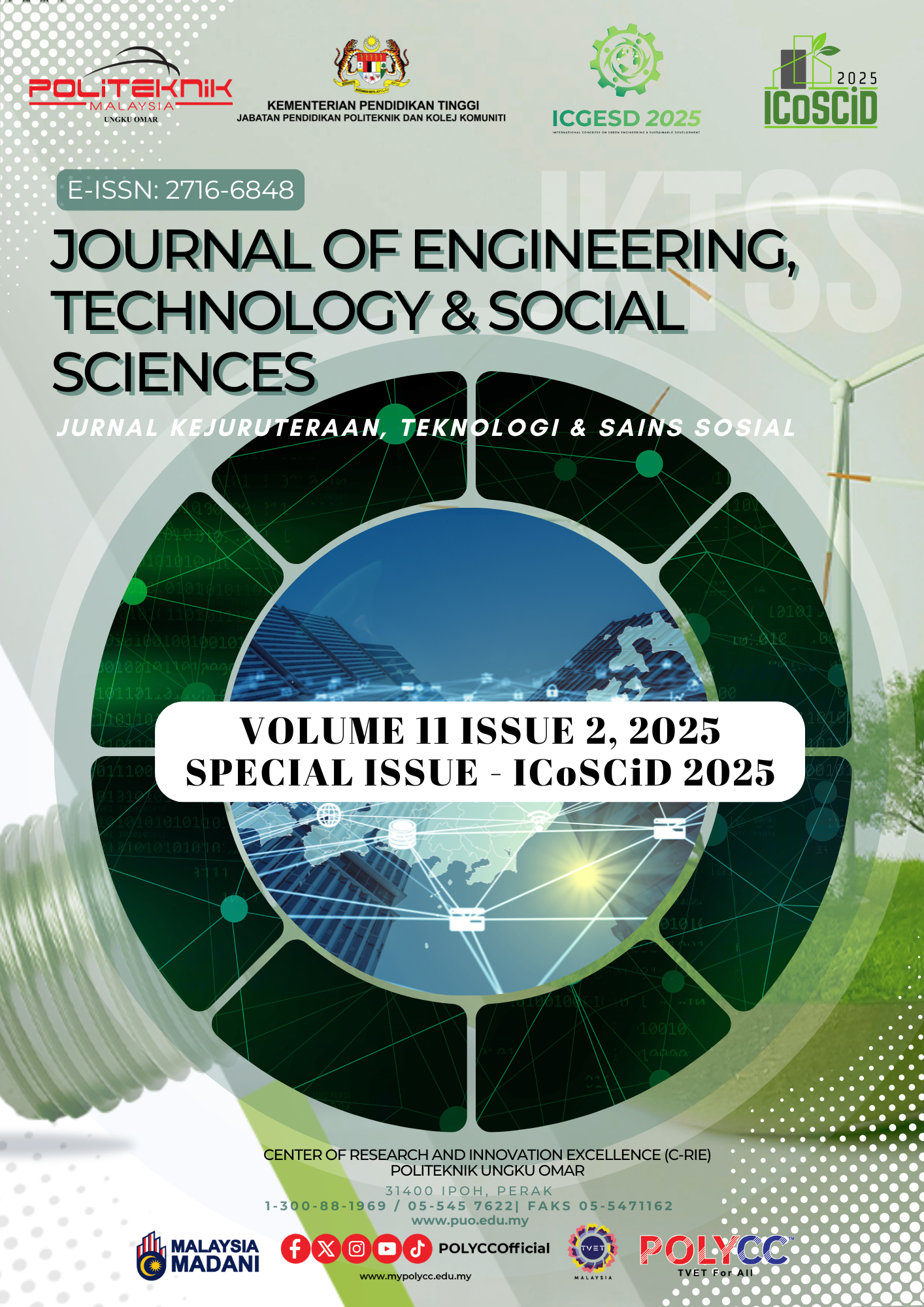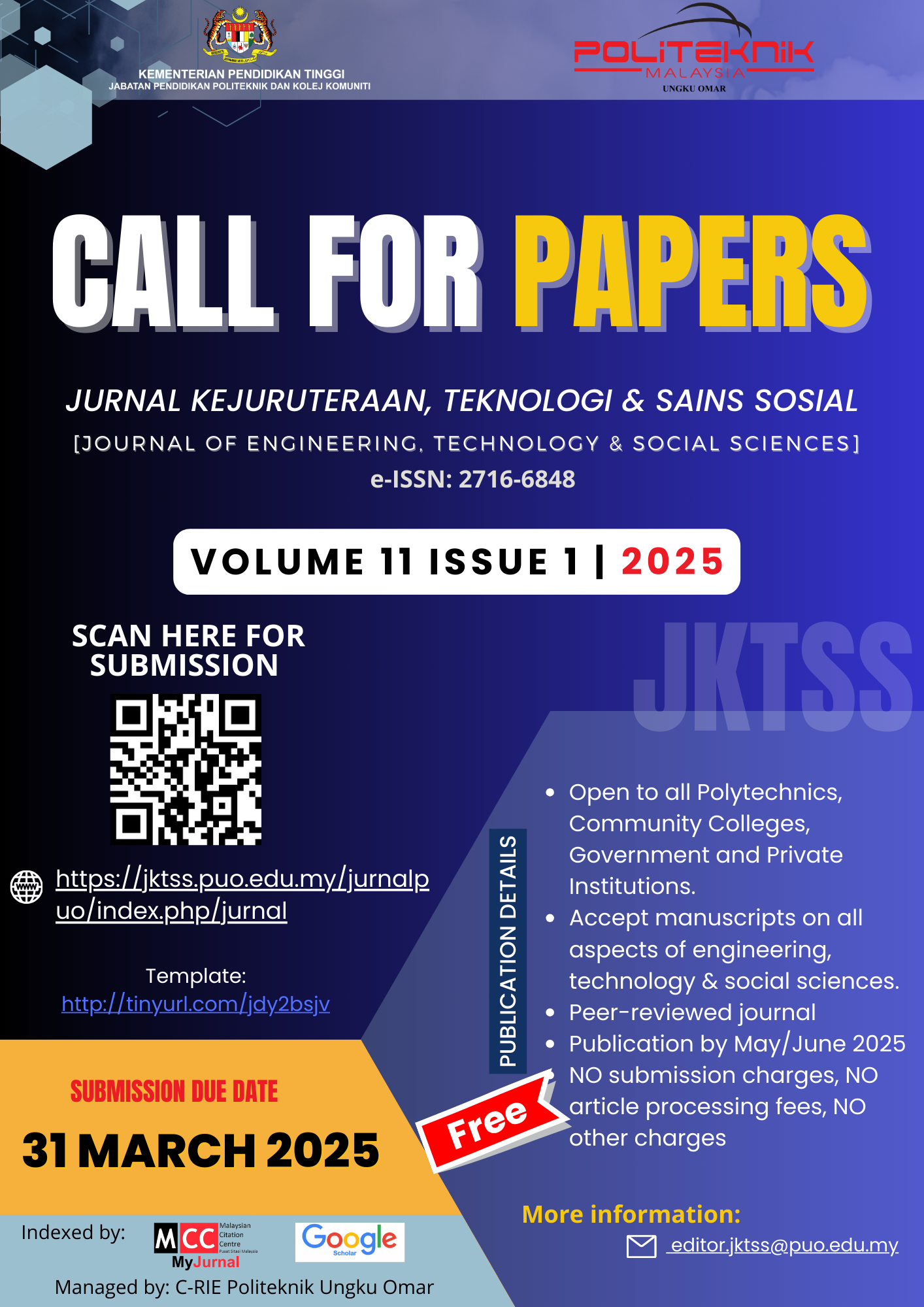EXPLORING THE IMPACT OF VIRTUAL REALITY TECHNOLOGY ON CYCLING SAFETY EDUCATION FOR PRIMARY SCHOOL CHILDREN: A SCOPING REVIEW
Keywords:
virtual reality; cycling safety; education; primary school childrenAbstract
Cycling safety education is becoming increasingly important, particularly for primary school children who are especially vulnerable on the roads. As road networks expand and active transportation is encouraged as a sustainable option, ensuring children can cycle safely has emerged as a critical public health and educational concern. The initiation of virtual reality (VR) technology provides a valuable tool to enhance cycling safety education by creating immersive and interactive environments where children can safely and engagingly practice essential cycling safety skills. The application of VR in cycling safety education offers plentiful advantages that align with educational, technological, and safety objectives. It fosters experiential learning, enhances engagement, improves knowledge retention, and allows children to encounter real-world traffic hazards without any actual risk. These benefits position VR as a significant teaching resource with the potential to transform early road safety education. Following PRISMA guidelines, this scoping review utilised the SCOPUS and WoS databases to systematically map the literature on VR-based cycling safety education for primary school children. It identifies key themes, evaluates reported impacts, and highlights areas for future research aimed at creating VR interventions that are age-appropriate, culturally sensitive, and technically feasible.










